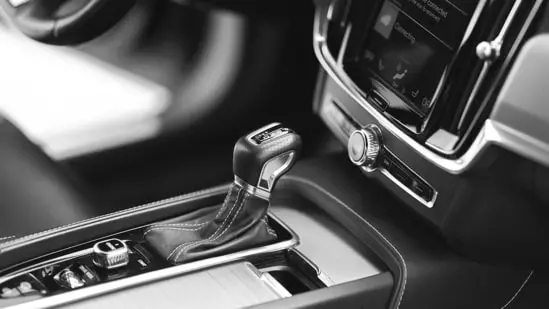
Automatic transmissions make driving smoother and less stressful, but they’re also among the most sensitive systems in your car. Poor maintenance or careless driving habits can cause lasting damage and lead to expensive repairs. Here are eight common mistakes that can silently kill your automatic transmission, and how to avoid them.
| Bad Habit | Immediate Effect | Long-Term Result |
|---|---|---|
| Overheating transmission | Fluid degradation, friction increase | Early wear, total transmission failure |
| Low fluid levels | Metal parts grind and overheat | Internal damage, gear seizure |
| Skipping fluid changes | Contaminant buildup | Slipping gears, seal failure |
| Wrong fluid type | Inconsistent pressure, improper lubrication | Clutch and valve body damage |
| Hard acceleration (drag starts) | Excessive torque converter heat | Reduced transmission lifespan |
| Shifting before stopping | Harsh gear engagement | Clutch and driveline wear |
| Parking without brake | Transmission strain | Vehicle rollaway or gear damage |
| Improper towing or rocking the car | Overheating and clutch strain | Transmission burnout |
1. Ignoring overheating signs
Most automatic transmissions are designed to operate around 93-95 degrees Celsius. Once the temperature rises beyond that, internal damage begins quickly.
- Every 10° Celsius increase above the limit can cut the transmission’s life by half.
- At around 150 degrees Celsius, its lifespan can shrink to just 1/32 of normal.
Overheating can also cause transmission fluid to lose its lubricating properties, forming a sticky varnish that damages gears and bearings. Avoid prolonged high-speed driving in hot weather and check for any leaks that may cause overheating.
2. Running on low transmission fluid
Transmission fluid plays a critical role in cooling and lubricating the system’s internal parts. Operating with low fluid levels can cause these components to grind and overheat, leading to severe mechanical failure. Regularly check your car’s transmission fluid level and top it up as per your vehicle manufacturer’s recommendations.
3. Skipping fluid changes
Old transmission fluid loses its ability to protect internal parts from heat and friction. Ignoring fluid changes can cause:
- Breakdown of seals and gaskets.
- Slipping gears and delayed shifts.
- Increased internal wear and overheating.
It is commonly recommended to replace the fluid as per your owner’s manual schedule, usually every 40,000 to 60,000 km.
4. Using the wrong fluid type
Each transmission is designed for a specific type of fluid. Using an incorrect or mixed fluid can damage internal seals and clutches, leading to erratic shifting or even system failure. Always refer to the owner’s manual before refilling or changing transmission fluid.
5. Racing from signal to signal
Hard acceleration or ‘jackrabbit starts’ generate intense heat in the torque converter, especially if done repeatedly. This extra heat can push the transmission beyond its temperature limits, damaging internal components. Unless your car is designed for high-performance driving, frequent drag-style starts are best avoided.
6. Shifting without stopping
Switching from reverse to drive (or vice versa) without coming to a full stop puts immense strain on the transmission. The system isn’t designed to absorb the momentum of the car itself. Over time, this habit can wear out clutches, bands, and gearsets prematurely.
7. Neglecting the parking brake
Leaving your car in ‘Park or P’ without using the parking brake puts all the load on a small pin inside the transmission called the parking pawl. A light tap from another car can break the pawl, allowing your vehicle to roll. Over time, this method can also wear out internal linkages. To avoid this, engage the parking brake first, then shift into Park, especially on slopes or uneven ground.
8. Improper towing and drivetrain abuse
Towing your car incorrectly, such as dragging a front-wheel-drive car with its front wheels on the ground, can cause serious internal damage. Similarly, trying to rock a stuck car out of mud or snow by quickly shifting between reverse and drive overheats the transmission and wears out the clutches. Following the manufacturer’s towing guidelines is the safest approach.
